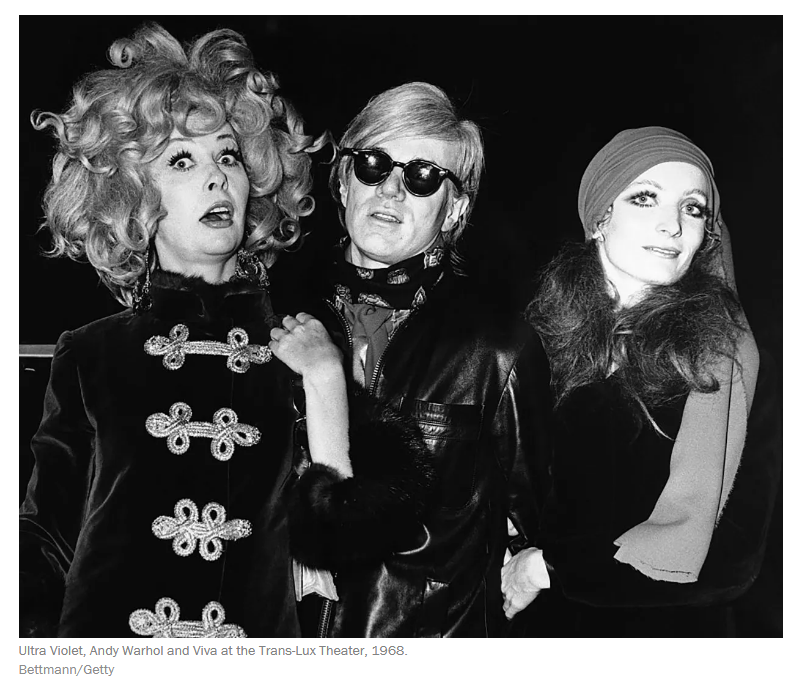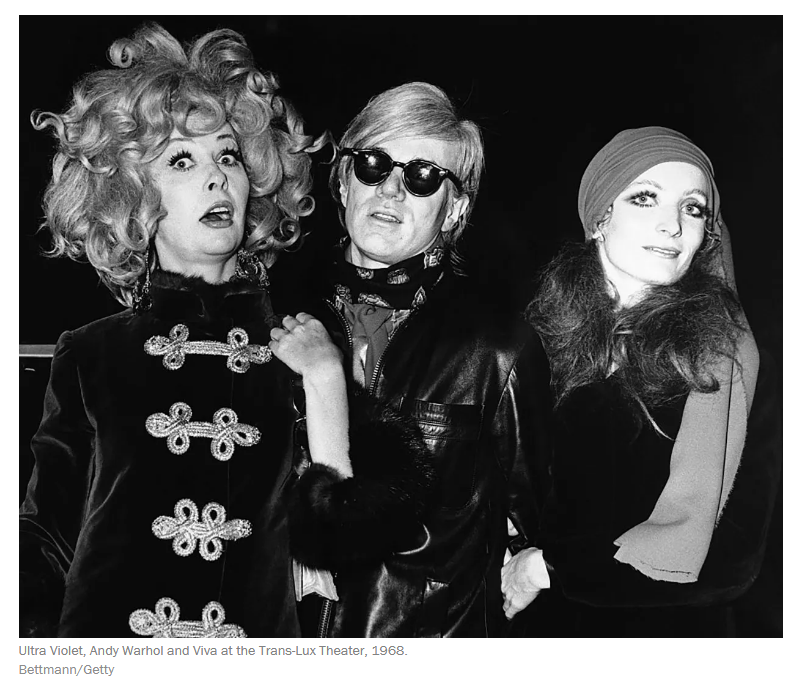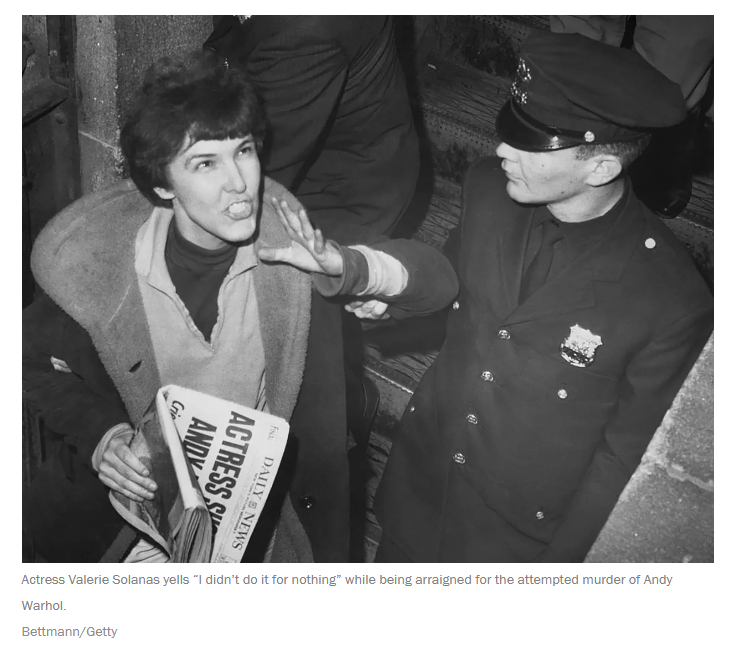J. Hoberman's "Downtown" Unearths the Vibrant, Chaotic Heart of 1960s New York

J. Hoberman's new book, "Downtown," isn't just a history of New York City's avant-garde scene in the 1960s; it's a visceral experience. A richly detailed tapestry woven from personal anecdotes, critical analysis, and forgotten ephemera, the book plunges readers into the chaotic, exhilarating, and often contradictory world of a burgeoning counterculture. Forget the romanticized image of Greenwich Village – Hoberman offers a far more complex and nuanced portrait of a city teeming with artistic innovation, political upheaval, and the raw energy of a generation pushing boundaries.
By Maria Miller

Hoberman, a renowned film critic, brings his sharp eye and incisive wit to bear on a cast of characters as vibrant and multifaceted as the city itself. He expertly navigates the overlapping circles of artists, musicians, filmmakers, and writers who populated the downtown scene, highlighting not only their accomplishments but also their contradictions and flaws. This isn't a hagiography; it's a warts-and-all account that acknowledges the inherent privilege and problematic aspects of the era's artistic revolution.

The book's strength lies in its granular detail. Hoberman doesn't shy away from the gritty realities of life in 1960s New York, showcasing the poverty, the struggles, and the constant tension between artistic ambition and economic survival. He weaves together personal stories, showcasing the lives and legacies of figures both famous (Andy Warhol, Jonas Mekas) and less celebrated, revealing the collaborative and competitive spirit that fueled the artistic ferment. The reader gets a sense not only of the iconic happenings and performances but also of the everyday lives of the artists who made them possible.
Furthermore, "Downtown" transcends the limitations of a purely artistic narrative. Hoberman skillfully integrates the political and social contexts of the time, highlighting the Vietnam War protests, the burgeoning civil rights movement, and the burgeoning gay rights movement, showing how these broader forces shaped – and were shaped by – the downtown scene. The book’s interweaving of art and politics paints a vivid portrait of a generation grappling with profound social change.
While the sheer volume of information might feel overwhelming at times, Hoberman’s engaging prose and keen observations keep the narrative moving. His deep understanding of the art and artists allows him to offer insightful critiques without resorting to academic jargon. The book is a testament to meticulous research, yet it remains accessible and engaging for a wide audience.
"Downtown" is more than just a historical account; it’s a journey into a specific time and place, a time of immense creativity and profound social upheaval. It's a reminder that art is not created in a vacuum, and that the most vibrant cultural moments often emerge from the intersection of individual genius and collective social change. J. Hoberman's insightful and engaging book is a must-read for anyone interested in the art, politics, and culture of 1960s New York City.